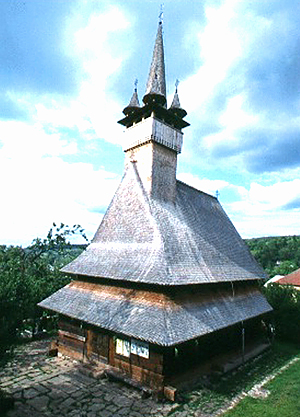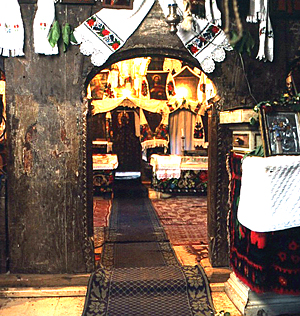Budești
Budeşti is a town in the district Calarasi in Wallachia region of Romania.
Location
Budeşti located in the Great Wallachia 35 km southeast of the provincial capital Bucharest, at the mouth of the Dâmboviţa in the Arges. The county town Calarasi is located about 70 km to the east, the Danube about 25 km south.
History
Indirect evidence suggests that Budeşti existed since at least 1450; the first recorded mention of the town was 1521. Budeşti was long dominated by agriculture. In the 19th century - even in times of Ottoman domination - the village belonged to the originating from Italy and partly living in Istanbul noble family Mano. This built a castle in Budeşti that was in the days of the communist era for the purpose of obtaining building materials largely demolished.
1977 Budeşti was destroyed by an earthquake partially.
In 1989, the place the status of a city. The main economic activities are agriculture and the production of plastic and wooden floors.
Population
1930 lived on the territory of today's approximately 5,500 people. As of the 2002 census, 9,702 inhabitants were registered, of which about 4,300 in Budeşti, the others in several incorporated villages. 7,660 were Romanians and 2,038 Roma. This Budeşti belongs to the Romanian cities with the largest Roma population.
In 2006, the village Crivăţ was carved out of the city, which is why the population declined accordingly.
Traffic
Budeşti lies on the railway line from Bucharest to Olteniţa. In both directions, however, currently operate (2009) only about two local trains daily. There are regular bus services to Bucharest.
Attractions
- Churches in Budeşti and in the district Aprozi (19th Century )
- Ruins of the castle Mano (1827 )
Born in Budeşti
- Mădălin Voicu ( b. 1952 ), violin virtuoso









.jpg)
